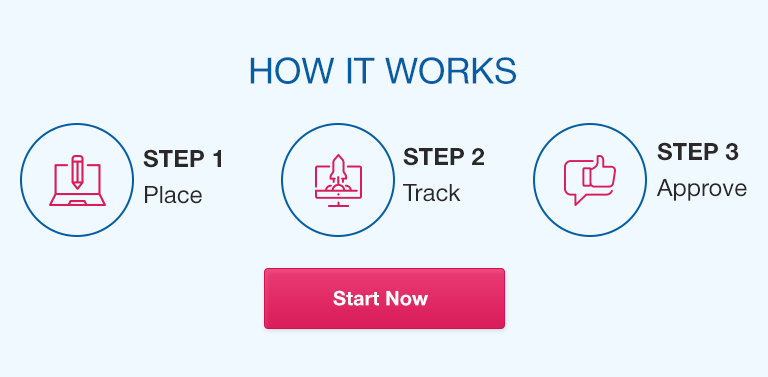Case Study:
Mrs. Adams, a 68-year-old widow who was referred to case management upon discharge from the hospital based on her physician’s recommendation that she is not able to care for herself independently. Her diagnosis is diabetes, hypertension, and breast cancer. She is 5 days’ post-op from a right sided mastectomy. Mrs. Adams apartment is located in a low income area of the city where crime is prevalent. Upon assessment by the Community Health Nurse, Mrs. Adams apartment was in disorder with minimal airflow or light. Her cloths appeared unchanged and she had no food in the apartment. The small apartment also housed 3 cats and a small dog who Mrs. Adams considers family since the death of her husband 1 year ago. Mrs. Adams complains of pain and draining from her surgical site and a broken air conditioner.
- Using Nightingales Environmental Theory, what actions would the nurse take upon the first assessment? What are the five essential components?
- What would be an appropriate plan of care be for Mrs. Adams? How would you prioritize the care plan?
- Apply Nightingale’s Environmental Theory to an area of your nursing practice? What patient population would benefit from this approach? Support this practice change with at least one evidenced-based article.
The assignment should be completed in APA format, as an essay of between 1000 and 1500 words. The paper should include at least 3 outside references and the textbook. The paper should be in APA format with a title page, level headings, and reference page.
Expert Solution Preview
Using Nightingales Environmental Theory, the nurse would take the following actions upon the first assessment of Mrs. Adams:
1. Assessing the physical environment: The nurse would evaluate the condition of Mrs. Adams’ apartment, noting the disorder, lack of airflow, and limited light. This assessment helps identify potential environmental factors that may impact her health and well-being.
2. Evaluating personal cleanliness: The nurse would observe Mrs. Adams’ clothing and hygiene to determine if she is maintaining personal cleanliness. This assessment is crucial as poor hygiene can lead to the development of infections and other health complications.
3. Assessing ventilation and warmth: The nurse would investigate the broken air conditioner and other heating sources in the apartment. Adequate ventilation and appropriate warmth are essential for maintaining a healthy environment and promoting healing after surgery.
4. Assessing the noise and light: The nurse would assess the level of noise and illumination in Mrs. Adams’ apartment. Noise pollution can disrupt sleep patterns and hinder the recovery process, while inadequate lighting can affect her mood and overall well-being.
5. Evaluating the provision of nutrition: The nurse would assess the availability of food in Mrs. Adams’ apartment. Adequate nutrition is vital for wound healing and overall health maintenance. Lack of access to food can significantly impact her recovery and exacerbate her chronic conditions.
By addressing these five essential components of Nightingale’s Environmental Theory, the nurse can gain a comprehensive understanding of the environmental factors affecting Mrs. Adams’ health and develop an appropriate plan of care.
In developing a plan of care for Mrs. Adams, several priorities should be considered:
1. Pain management: The nurse should prioritize assessing and addressing Mrs. Adams’ pain and discomfort related to her surgical site. This can be achieved through administering appropriate analgesics and implementing non-pharmacological pain relief strategies.
2. Wound care: Given Mrs. Adams’ complaint of drainage from her surgical site, wound care becomes crucial. The nurse should assess the wound for signs of infection and provide appropriate dressing changes and wound hygiene to facilitate healing and prevent further complications.
3. Basic needs: Ensuring Mrs. Adams’ basic needs are met is essential. The nurse should collaborate with case management and community resources to provide access to food and improve the living conditions in her apartment. This may involve arranging for home meal delivery, assisting in cleaning and organizing the living space, and addressing the broken air conditioner.
4. Emotional support: Recognizing the loss of her husband and the importance of her pets, providing emotional support and addressing the psychosocial aspects of care is essential. The nurse should assess Mrs. Adams’ emotional well-being, facilitate grief counseling or support groups, and ensure the pets’ welfare is maintained during her recovery.
Applying Nightingale’s Environmental Theory to a different area of nursing practice, a patient population that could benefit from this approach is those in long-term care facilities, particularly older adults.
In long-term care facilities, the physical environment plays a significant role in residents’ health and well-being. By applying Nightingale’s theory, nurses can:
1. Assess the cleanliness and hygiene of the facility to prevent infections and promote overall health.
2. Evaluate the ventilation and temperature control systems to ensure a comfortable and healthy environment for the residents.
3. Address noise pollution by implementing strategies to minimize disruptive sounds, creating a calm and peaceful atmosphere.
4. Optimize lighting conditions to provide adequate illumination and reduce the risk of falls and depression.
5. Promote proper nutrition and hydration by assessing and improving the quality and variety of meals provided to residents.
By implementing Nightingale’s Environmental Theory in long-term care facilities, nurses can enhance the overall quality of care and well-being of older adults. Research by Park, Lee, and Lee (2016) supports the positive impact of environmental modifications based on Nightingale’s theory on the physical and mental health outcomes of older adults in long-term care settings.


